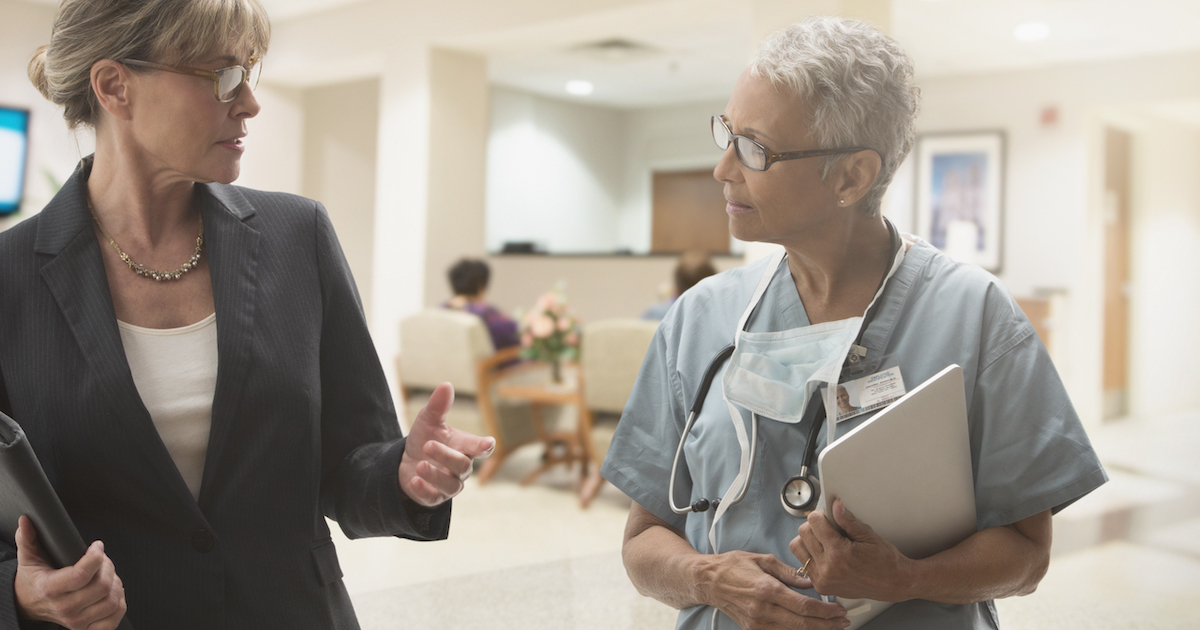Evidence-based medicine has quickly moved from the background to the forefront as a determiner of treatment pathways, and the mobile health app marketplace has responded in kind.
Dozens of EBM apps are available in Apple’s AppStore and Google’s Android Play for smartphones and tablets, many from major medical institutions and most of them free or for a nominal fee. All are designed to help physicians make decisions at the point of care.
While none of these apps can substitute for a physician's judgment and professional expertise, they can be valuable in guiding clinical decision-making and eliminating errors such as “anchoring” - or making a diagnosis or assumption without having all the data - said Kulleni Gebreyes, MD, a physician and current director in PricewaterhouseCooper’s Health Industries practice.
“When you use EBM it allows you to consider more comprehensive diagnosis possibilities and treatment options,” Gebreyes said.
[Roundup: 10 mobile apps for evidence-based medicine.]
When doctors are overwhelmed with data points and don’t have the time or bandwidth to read through all the journals and abstracts, these programs can separate the signal from the noise and allow them to focus on the most relevant information, as well as making sure they answer the right questions.
“They are useful if you know the right context,” Gebreyes said.
Disclaimers
Before browsing through the summaries of these 10 mobile EBM applications, bear in in mind that somewhere in the software itself or in the accompanying literature is this disclaimer:
The application … “is not a substitute for clinical decision-making. We make no claims of the accuracy of the information contained in this application. Clinicians should perform their own review of pertinent literature before making a clinical decision.”
This is more than just a legal notice like those seen on television for Viagra and other meds, said Greg Caressi, senior vice president of healthcare and life sciences at Frost & Sullivan. Rather, it's a statement of where we are in the industry.
“In this case we have to take these disclaimers more seriously,” he said. “We don’t have enough evidence and a high level of understanding that this application works better than others and will get better results in cost and outcomes. This is a challenge for clinicians.”
Not ‘cookbook medicine’ any longer
Challenges linger, but if EBM can minimize the variations that exist when hospitals and physicians practice from their own experience, then outcomes will improve and, in turn, costs will go down.
As far as outright opposition to the concept of EBM, one can only say that no one is calling EBM ‘cookbook medicine’ anymore. Indeed, EBM is how the younger generation of physicians is being trained.
That doesn’t mean clinicians don’t have some concern. But clinicians are worried about the payers, fearing that insurers will determine which treatment pathway is best and dictate that if doctors don’t follow the recommended treatment they had better have a great deal of backup as to why not, or the insurer won’t pay.
“The question is how much will payers drive this?” Caressi said.
Both Caressi and Gebreyes believe that in time, these mobile EBM applications will improve outcomes and reduce costs.
Looking five years down the road, Caressi sees the day when a mobile application connected to an IBM-type Watson supercomputer will be used in emergency circumstances, with the doctor punching in the situation and the application immediately returning a clinical decision support response. Gebreyes, meanwhile, sees the day when these tools will be able to take population-based probabilities and translate them to individualized probabilities for patients based on their unique characteristics.
Ephraim Schwartz is a freelance writer based in Burlington, Vt. Schwartz is a recognized mobile expert and columnist, having spent 15 years as Editor-at-Large for InfoWorld, half of them covering the mobile space. Prior to that he was Editor-in-Chief of Laptop Magazine.
Related articles:
Top 10 mHealth stories of 2014 (so far)
Hospital-issued tablets target patient education, satisfaction


